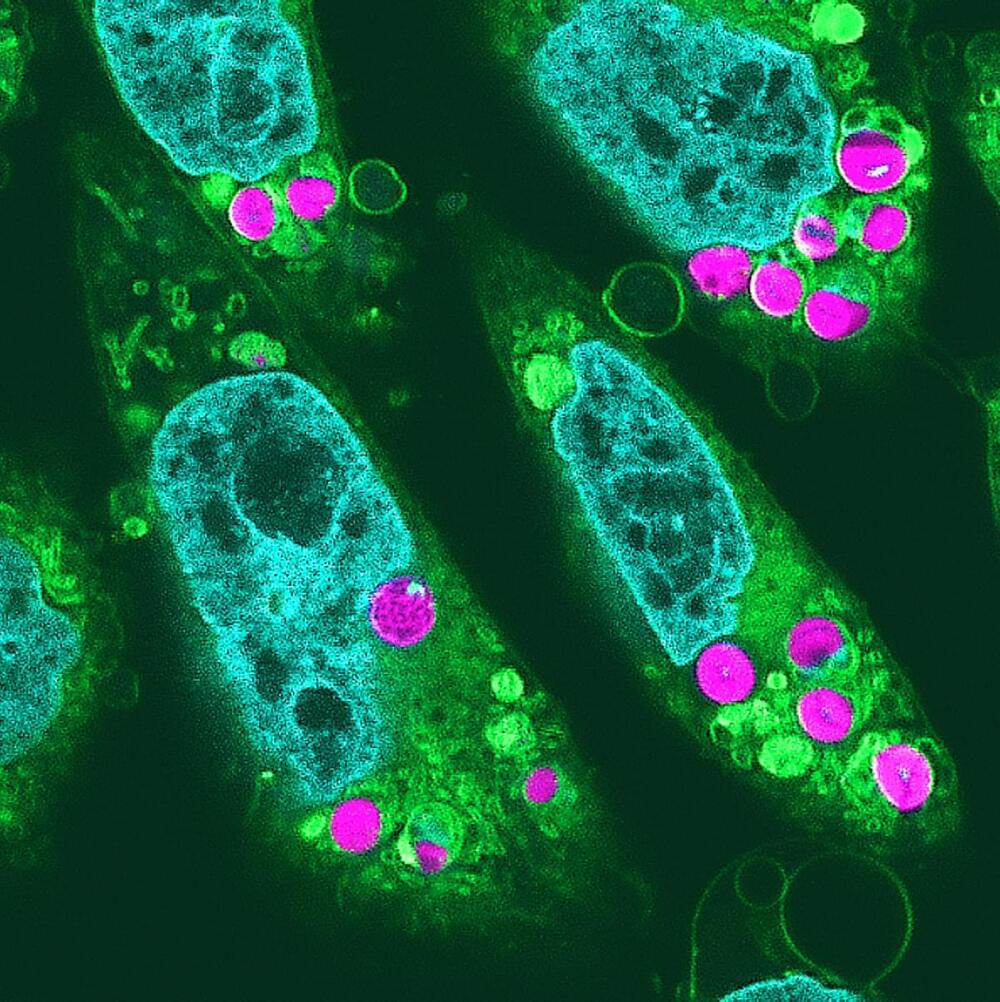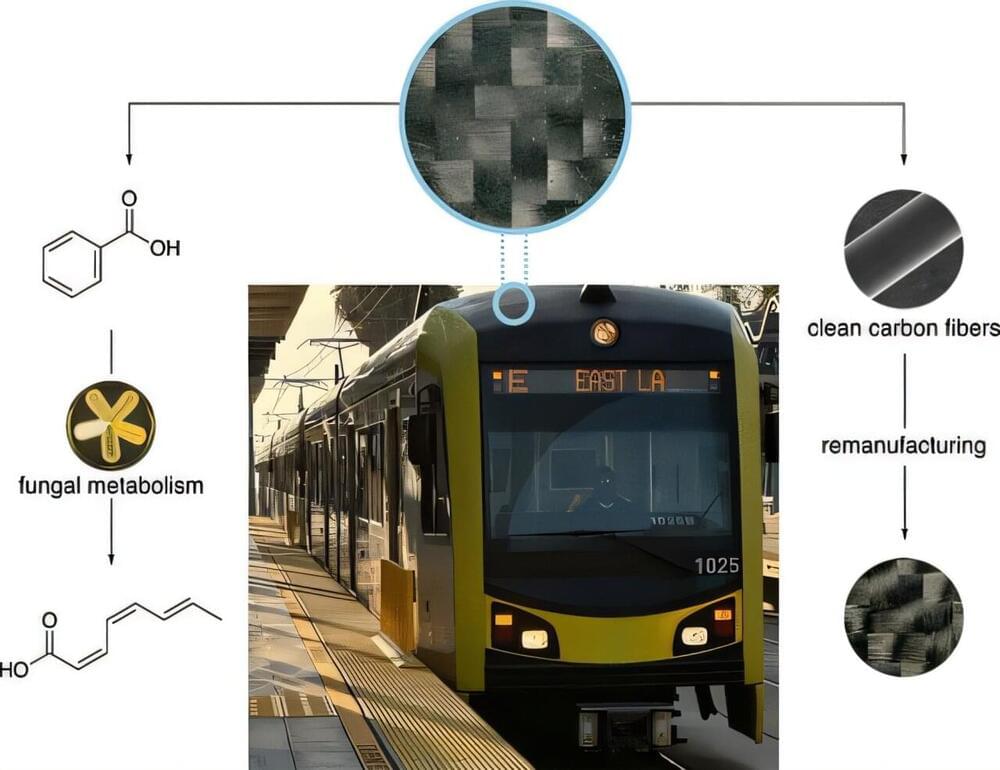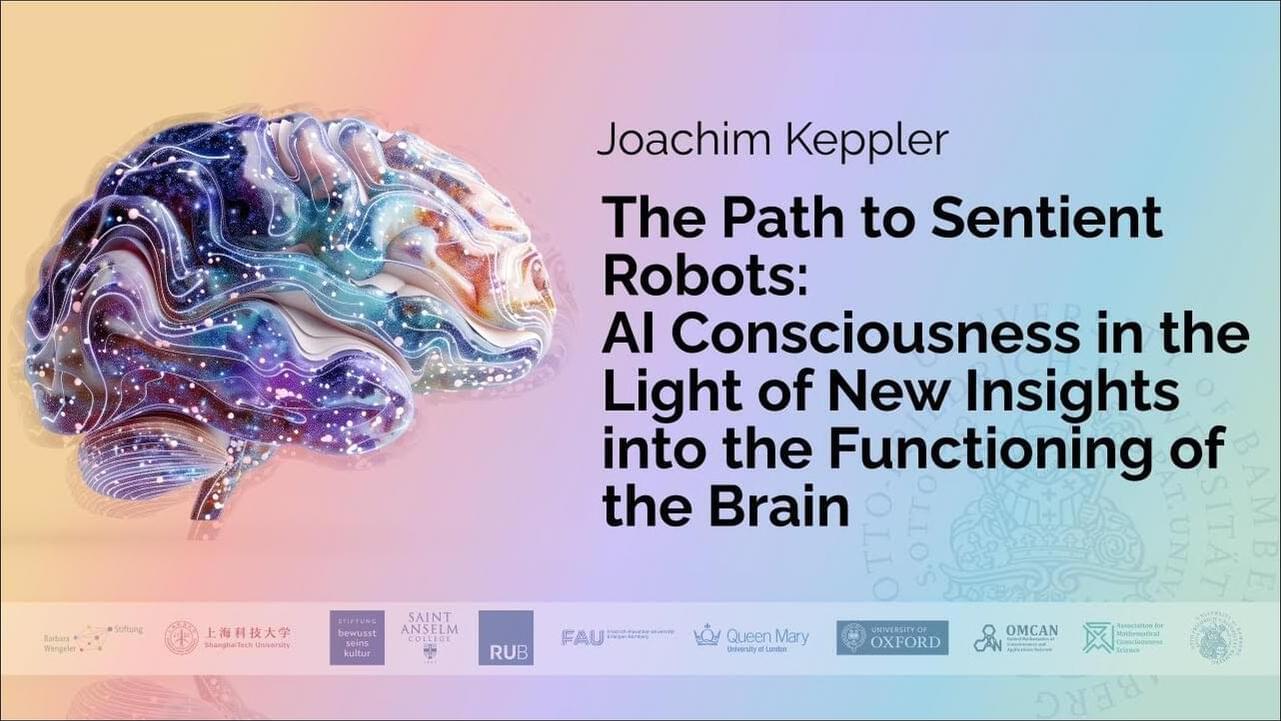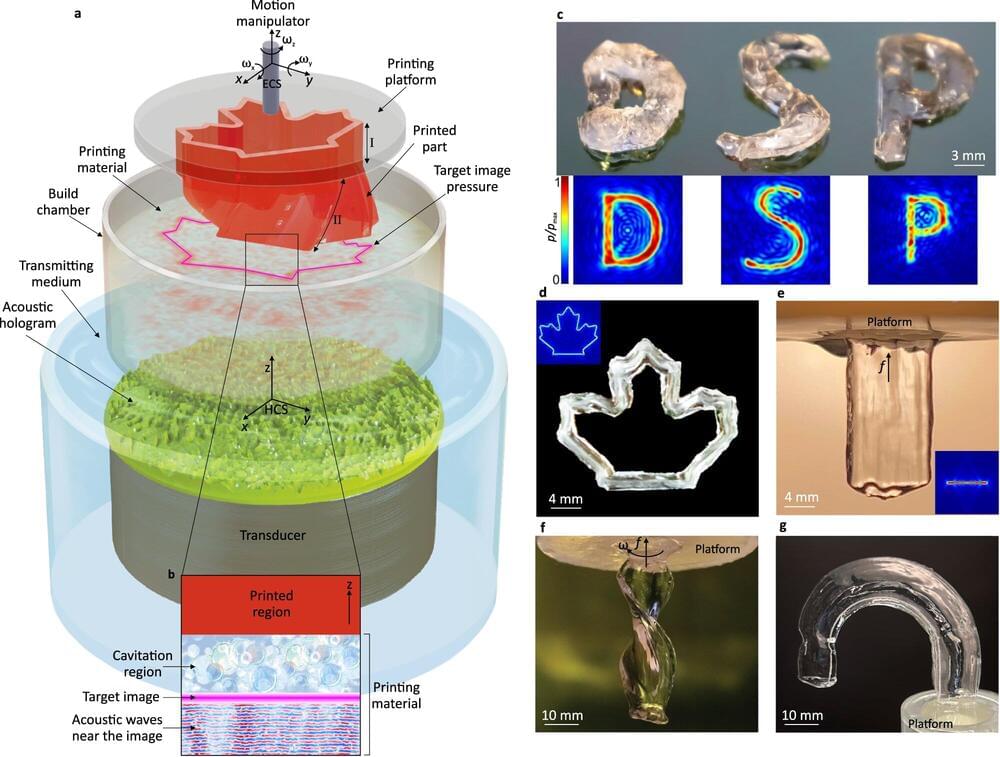Nov 8, 2024
Advanced sensing tech can detect lung cancer in your exhaled breath
Posted by Rx Sobolewski in categories: biotech/medical, chemistry, nanotechnology
Researchers have developed a nanoscale sensor that detects lung cancer simply by analyzing the levels of a chemical called isoprene in your breath. The team believes its breakthrough could unlock a non-invasive, low-cost method to catch the disease early, and potentially save a lot of lives.
When the human body breaks down fat in a process called lipolytic cholesterol metabolism, isoprene is released in exhaled breath. As it turns out, a decline in isoprene can indicate the presence of lung cancer. The team, led by researchers at China’s Zhejiang University, leveraged this insight through its work and developed an innovative gas sensing material to create a screening process.
The challenge with spotting biomarkers in breath is that your system needs to be able to differentiate between volatile chemicals, withstand the natural humidity of exhaled breath, and detect tiny quantities of specific chemicals. In the case of isoprene, you’d need sensors capable of detecting levels of the chemical in the parts-per-billion (ppb) range.


















